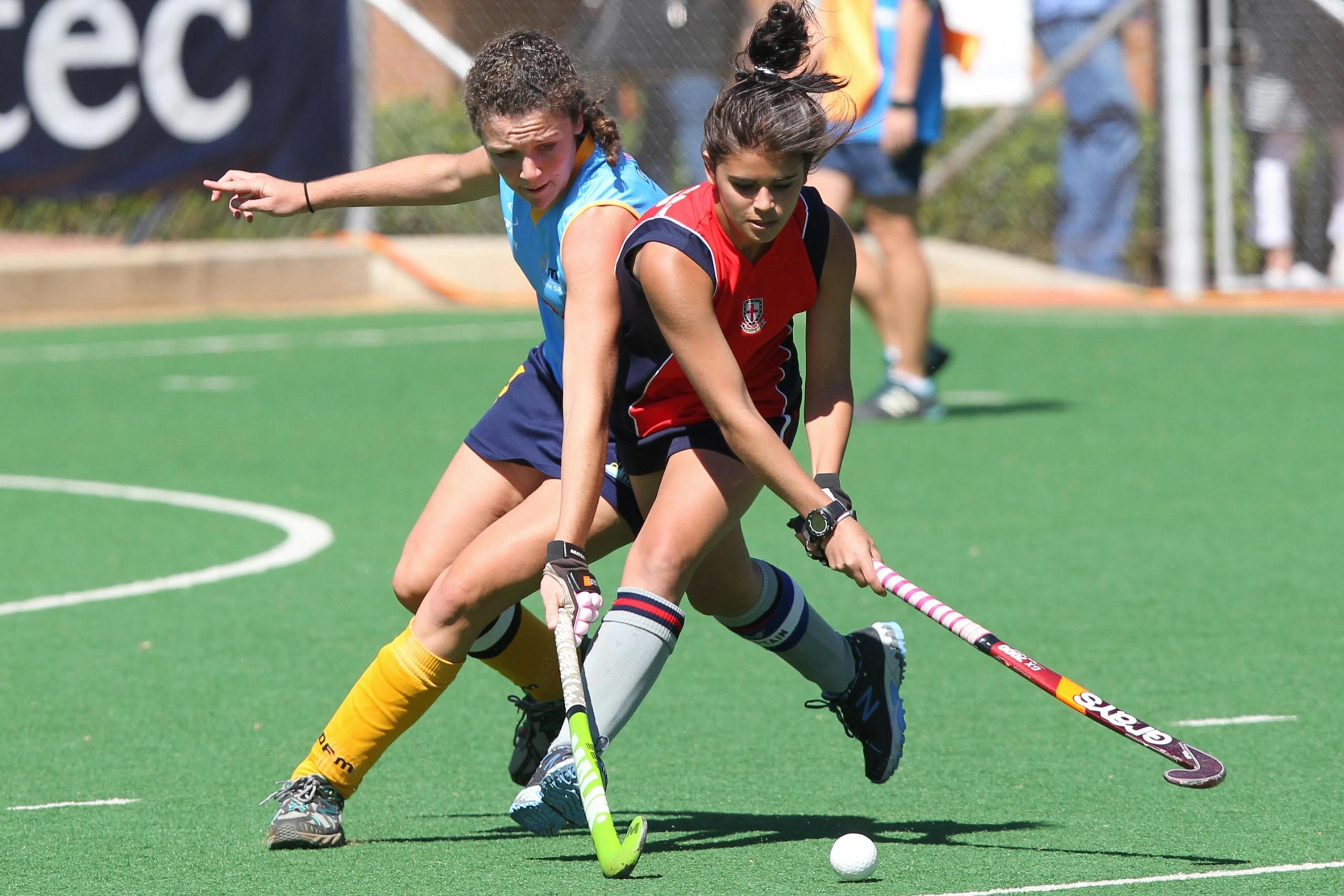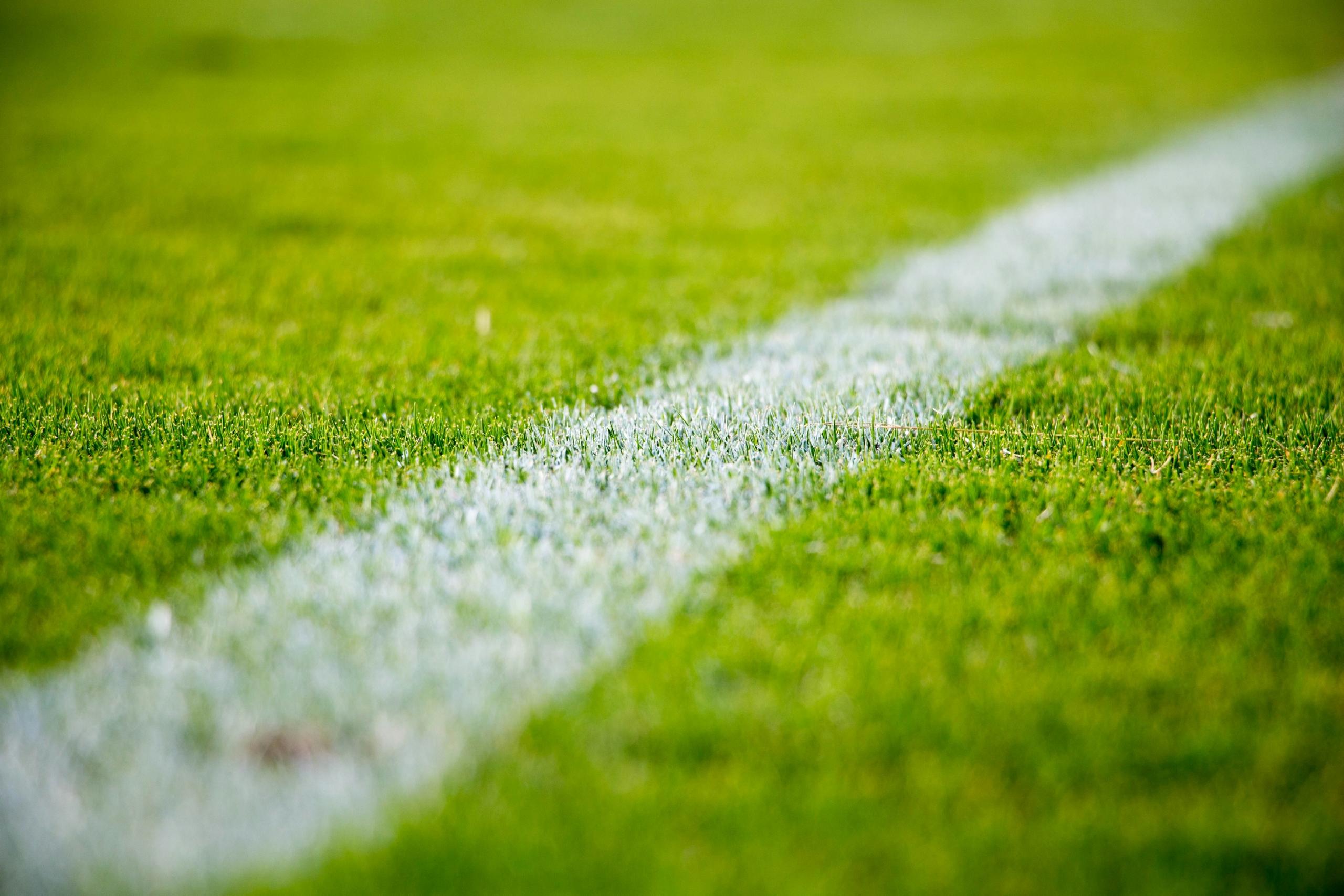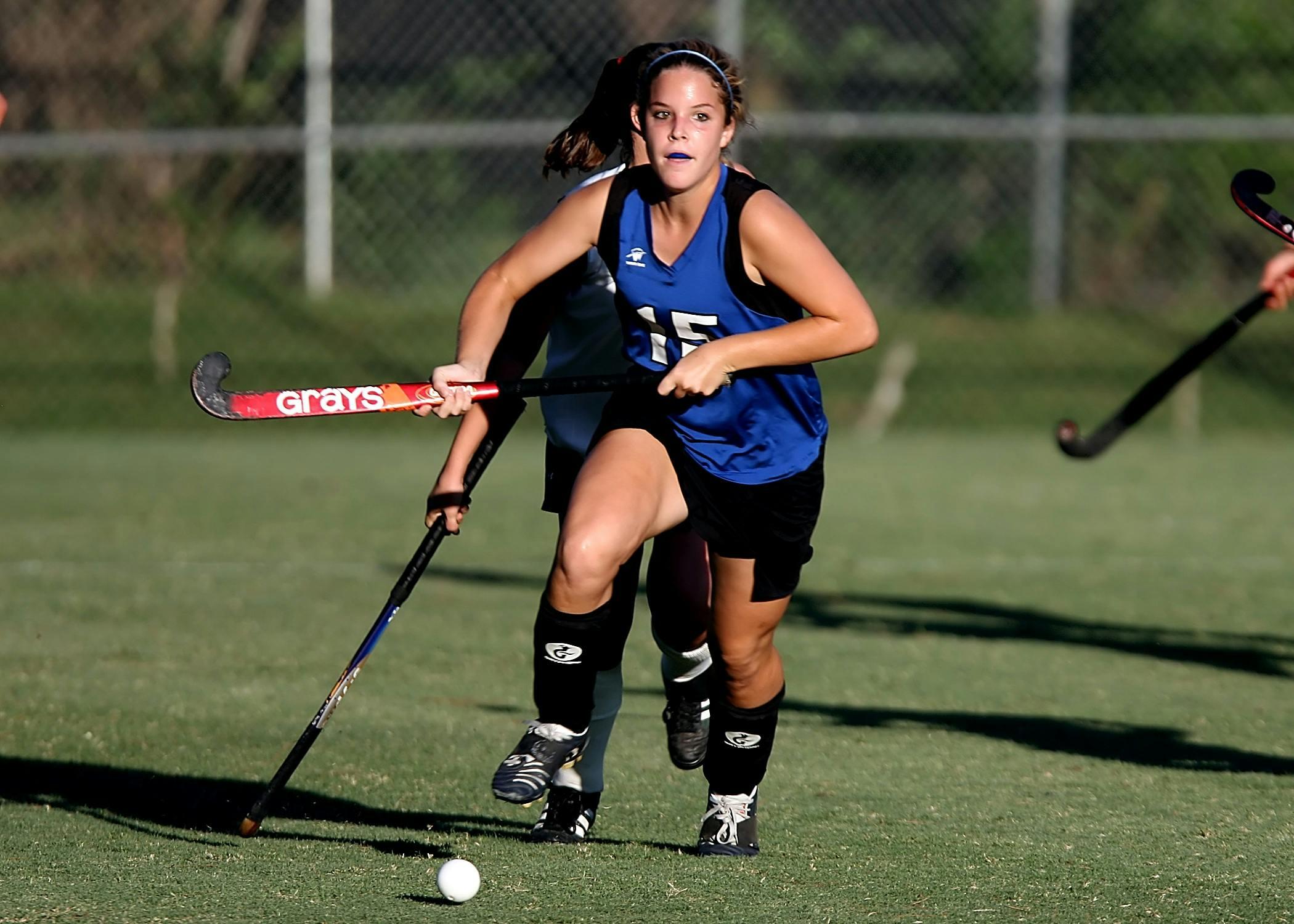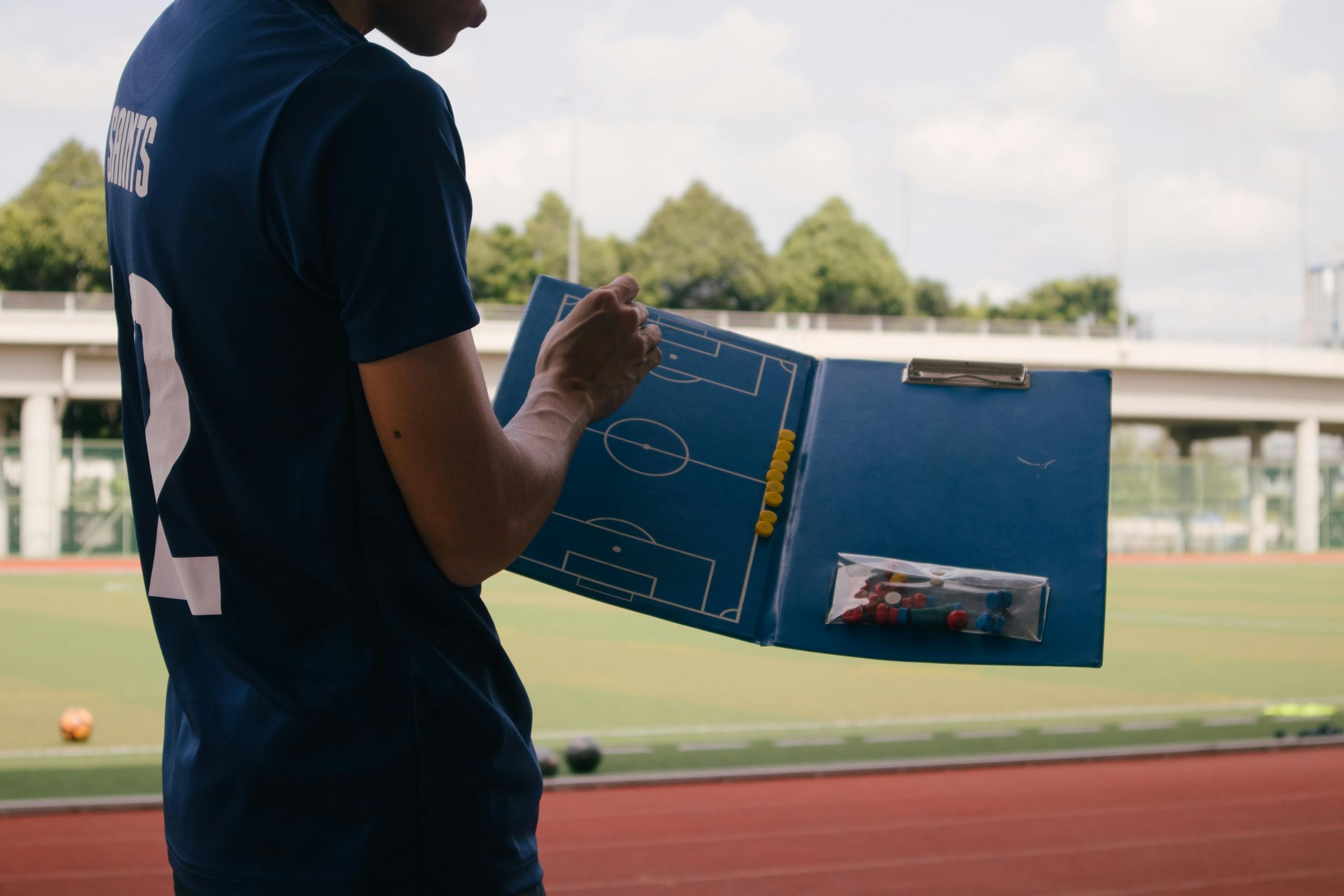Hockey is a sport that has captivated spectators and players for over 100 years.
In South Africa, children are often first introduced to hockey at school with many taking a significant interest, whether recreational or at league level, that continues well into adulthood.
If you want to know more about field hockey rules, the kind of equipment you need to get started and even how long a hockey match lasts, keep reading because this article is for you.
In addition, if hockey sounds like it’s for you, you will also want to know more about the various positions and how to find the one in this 11-player game that suits you. It doesn’t matter whether you are starting out for the first time or want to refresh your knowledge and gain fitness in a team sport, a good place to start is to learn the rules of hockey. After, that, we’ll cover a few overall reasons why taking hockey lessons for beginners is such a good idea.

First Things First: Learn the Rules of Hockey
Before taking to the field and enjoying the game, understanding the fundamental rules of hockey is essential. So, what are the basic hockey rules and where can you learn them?
Firstly, never forget that hockey is a team sport, this means that making unnecessary mistakes on the field, due to a lack of basic knowledge, can let 10 other players in your team down and even cost you the game. For this reason, familiarising yourself with the field’s distinctive markings and what they mean is crucial for minimising fouls and gaining a competitive advantage.
While rulebooks and online tutorials offer valuable information, the best way to learn field hockey rules is through practical training sessions with an experienced hockey coach who can provide the most effective learning experience. Under the guidance of a qualified teacher, players gain insight into the intricacies of the game, including the roles and responsibilities of each position and the significance of field markings such as the half-circle, semi-circle, and quarter-field markings.

Know The Field Markings
The markings on a hockey field serve many essential purposes during games.
- The half-circle: the half-circle, also known as the shooting circle or striking circle, surrounds the goal area and is where most scoring attempts originate. Players must be within the shooting circle to legally score a goal. This adds strategic importance to this area.
- The semi-circle: the semi-circle, which is located within the shooting circle, indicates the area from which penalty corners are taken. It also delineates where defensive players must position themselves during penalty corner situations which ensures fair play and defensive organisation.
- Quarter-field markings: quarter field markings divide the field into four equal sections which helps players and coaches when it comes to strategic positioning and tactical planning.
An important aspect of grasping the rules of hockey is to understand and use these markings effectively for both offensive and defensive strategies. Remember that not only do they dictate player movement and guidance to hockey rules, but they are also pivotal to positioning and scoring opportunities on the field.
By grasping the foundational concept of field markings within a hands-on training environment, players are free to focus on the more complex rules of hockey and of course their game plan, ball and stick skills.
Understand Penalties to Avoid Them
Penalties and field hockey rules are virtually synonymous. As a player, coach, umpire, spectator or administrator an understanding of how penalties work is crucial to not breaking the rules of hockey.
Never forget that while talent is essential, a solid grasp of the rules of hockey is equally important for player development. Working with a knowledgeable hockey coach is the best way to ensure this understanding. It’s worth emphasising, that knowing how penalties work in field hockey rules allows players to focus on honing their skills and contributing to their team's success. Here is a short list of how fouls, resulting in the following penalties happen:
- Free Hit: A free hit is awarded to the opposing team for fouls committed outside the semi-circle. It allows the opposing team to restart play from the spot of the foul and provides an opportunity to regain possession and launch an attack.
- Corner: Corners are granted to the opposition for offences committed within the scoring circle, which is also known as the shooting circle or striking circle. In addition, a penalty corner gives the opposing team a significant scoring opportunity, as they can take a direct shot at goal from a set position just outside the shooting circle.
- Penalty Stroke: A penalty stroke is given to the opposition when a member of the defending team commits a foul that prevents a certain goal from being scored. A penalty stroke provides the attacking team with a one-on-one opportunity against the goalkeeper and offers a high chance of scoring.

Understanding these penalties and their implications is essential for players to avoid violations of hockey rules and maintain control during a game. One of the best ways to achieve this is by enrolling in hockey lessons with a qualified coach who can put the rules of hockey and how to play the game into perfect perspective.
In addition, learning the rules in a practical setting allows for real-time feedback and correction which enables players to apply their knowledge directly to game situations. Ultimately, a solid understanding of hockey rules sets the stage for a successful game and ensures a safer and more enjoyable experience for everyone.
The Job of an Umpire
A crucial aspect of mastering field hockey rules means understanding the cues and decisions of the umpire as well as the reason for every whistle-blow. Your hockey training regimen should include solid explanations of the role of the umpire during a match. Of course, during practice sessions your hockey coach will double up as the umpire during friendly play and this is where you can ask them to explain more about the umpiring rules.
In the meantime, familiarise yourself with these card warnings:
- The green card: Serves as a warning to players.
- The yellow card: Indicates that a player will be temporarily removed from the field for five minutes due to a foul.
- The red card: Signifies a severe violation that results in disqualification from the game. The reason for this is often because of dangerous play or repeated fouls.
Regardless of skill level, whether you're a novice or an elite player, enhancing techniques such as hitting, stick work, dribbling, or scoring necessitates personalised attention.
Why not consider a private hockey coach who can teach you the rules and work with you to refine your skills until your game reaches new heights?
So, with an introduction to rules out of the way, if you are a beginner, you may be wondering how long is a hockey match, what hockey position is best, as well as what kind of hockey equipment you will need. Let’s take a look.
How Long Does a Hockey Match Last?

As mentioned, hockey is a great spectator sport and as such your fans and family are likely to ask – how long is a hockey match?
A standard field hockey match typically lasts around 70 to 90 minutes, including various pre- and post-match activities. Prior to the game, teams engage in a warm-up session lasting approximately 15 to 20 minutes to prepare physically and mentally for the match ahead. Once the game begins, it consists of two halves, each lasting 35 to 45 minutes, with a halftime interval of around 10 to 15 minutes for players to rest and strategise.
After the match, factor in a short time of about 5 to 10 minutes for a team debrief where the coach may want to discuss performance. Overall, including warm-up, halftime, and post-match debriefs, a hockey match spans approximately 90 to 120 minutes for the players.
Now, in conclusion, what kind of hockey equipment are you going to need?
Hockey Equipment for Beginners
As a beginner field hockey player, essential equipment includes a stick, shin guards, mouthguards, and hockey boots or takkies. Of course, goalkeepers require specialised hockey equipment for protection and performance. This includes a helmet with a face cage, leg guards, kickers, padded gloves, chest protector, and a pelvic protector. In addition, they use a stick with a wider head.
So, do the rules of hockey and working in a team to achieve a goal while keeping fit and healthy excite you?
If so, finding a private hockey coach can make all the difference to fast-tracking your progress and gain all the benefits of playing hockey. Good luck!















